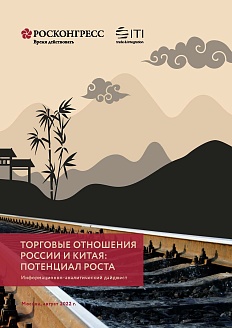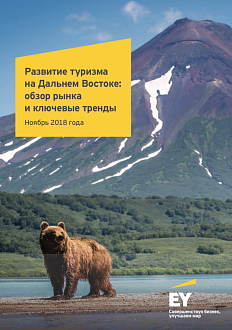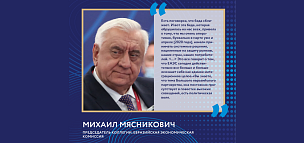The publication by the Federal Autonomous Scientific Institution «Eastern State Planning Center» presents the socio-economic profiles of all eleven regions of the Russian Far East.
The Roscongress Foundation presents the salient points of the publication accompanied by fragments of broadcasts of relevant panel discussions from the business programme of international events held by the Roscongress Foundation.
The regions of the Russian Far East have a wide scope of possibilities.
The Far East regions have a wide range of opportunities for growth which, if used either separately or in combination (possibly with coordination from the federal centre), might contribute to economic growth of the whole federal district. Given local specifics, the following lines of action are suggested:
1. For regions with predominantly commodity-oriented economy (Magadan Oblast, Sakhalin Oblast, Chukotka Autonomous Okrug) and regions with a large share of extractive industries (Kamchatka Krai, Sakha Republic (Yakutia), Zabaykalsky Krai) the potential lies in raising the effectiveness of exploring the region’s mineral resources.
2. All Far East regions have, to a greater or lesser extent, the potential for developing tourism (domestic and inbound) and/or cooperation with bordering countries.
3. For regions forming the main settlement zone of the Far East (Zabaykalsky Krai, Republic of Buryatia, Amur Oblast, Jewish Autonomous Oblast, Khabarovsk Krai, Primorsky Krai, Sakhalin Oblast), the potential lies in accelerated development of urban economy and urban space with the aim of retaining human capital and raising the regions’ competitiveness in the «competition for talent».
4. Regions with diversified economy (Primorsky Krai, Khabarovsk Krai, Zabaykalsky Krai, Amur Oblast, Jewish Autonomous Oblast, Republic of Buryatia) should raise the competitiveness of their processing industries by modernizing the plants and factories, providing incentives for small and medium-sized businesses and supporting their entry into the markets of the Asia-Pacific region.
5. Regions that might be potentially included into international transport corridors (ITCs) have good cause to improve their economic connectivity and access to transportation.
6. Regions with potential in agriculture and aquaculture (Republic of Buryatia, Amur Oblast, Jewish Autonomous Oblast, Sakhalin Oblast, Khabarovsk Krai, Primorsky Krai, and Kamchatka Krai) can ramp up production of raw products and of finished goods (food products, feeds, fertilizers, etc) with subsequent entry into APAC markets.
Video: https://roscongress.org/sessions/eef-2018-molodezh-dalnego-vostoka/search/#00:11:32.223
Great diversity of the regions necessitates different approaches.
Given the vast territory (6.9 million square kilometres) of the Far East, the non-uniformity of its development, and, consequently, the diversity of the Far East federal subjects, it seems logical to adopt a case-specific policy based on grouping the regions according to their potential and limitations, thus coordinating the measures for their development.
For example, policies aimed at retaining and attracting population must be different for settlement zones (territories with a relatively mild climate and favourable topography which are suitable for permanent residence of large populations) and areas with limited possibilities for settlement.
In the first case, it is important to develop a solid residential framework and raise the quality of its infrastructure. Conversely, the strategy for areas with limited possibilities for residence must involve creating local «bases» of economic development with preferential conditions for residents.
Measures to stimulate economic growth must also differ between groups of regions according to their characteristics such as investment appeal, location, human capital, and other competitive strengths.
Regions with high investment potential require strategies that involve support for investment projects in non-commodity sectors. Apart from that, it is advisable to ensure that the commodity sector brings greater benefits for regional economy (employment for permanent residents, tax collection, multiplier effect for regional economy).
For regions with low (stagnating) economic indicators, it is advisable to attract support from the federal centre and request targeted development measures from «anchor» investors.
Gain more insights about regional economy and policies and about the development of the Russian Far East in the Far East, Regional Policies, and Economic progress sections of the Roscongress Information and Analytical System.






